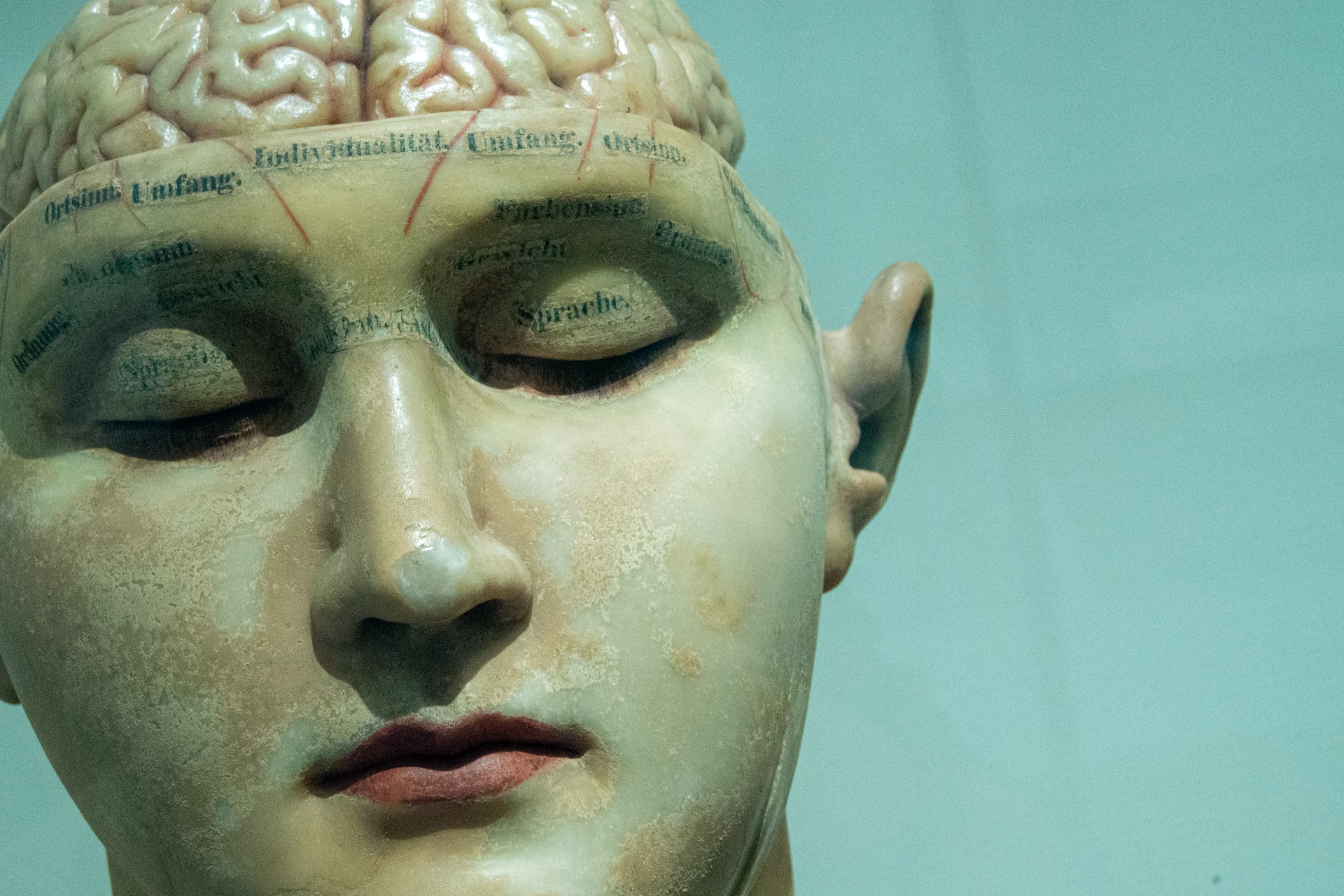How to Help a Person With Alzheimer’s Use a Humidifier
Alzheimer’s disease is a progressive neurological condition that affects millions of people worldwide. It is a form of dementia that primarily affects memory, thinking, and behavior, making everyday tasks challenging for those who have it. One of the most common symptoms of Alzheimer’s is difficulty with sensory perception, including sensitivity to temperature changes. This can make managing the indoor environment, particularly humidity levels, a challenge. However, using a humidifier can help alleviate some of the discomfort and confusion caused by dry air. In this article, we’ll discuss how you can help a person with Alzheimer’s use a humidifier to improve their quality of life.
Step 1: Understanding the Importance of Humidity for Alzheimer’s Patients
Before we dive into how to help a person with Alzheimer’s use a humidifier, it’s crucial to understand why it is essential in the first place. As the disease progresses, individuals with Alzheimer’s may become increasingly sensitive to changes in temperature and humidity levels, which can affect their comfort and overall well-being. Dry air can cause skin irritation, dryness, and itchiness, which can be particularly uncomfortable for those with sensitive skin or existing skin conditions. It can also lead to respiratory problems, such as dry coughs and congestion, which can worsen other health issues.
Furthermore, low humidity levels can impact cognitive function in Alzheimer’s patients. Research has shown that dry air can cause fatigue, irritability, and difficulty concentrating, all of which can exacerbate the symptoms of Alzheimer’s. By maintaining adequate humidity levels, you can help create a more comfortable environment for the patient, promoting better sleep, reducing agitation, and improving their overall cognitive function.
Step 2: Choosing the Right Humidifier
The first step to helping a person with Alzheimer’s use a humidifier is to choose the right one. There are various types of humidifiers available on the market, including cool mist, warm mist, and ultrasonic humidifiers. Each type has its benefits, but for Alzheimer’s patients, a cool mist humidifier is often recommended. Cool mist humidifiers release a fine mist of water into the air, which can help soothe dry skin and alleviate respiratory issues without the risk of burns or accidents.
When choosing a humidifier, consider the size and humidity levels of the room where it will be used. A small room with low humidity levels will require a smaller humidifier, while a larger room or a room with high humidity levels may need a larger one. It’s also essential to consider the ease of use and maintenance of the humidifier, as Alzheimer’s patients may have difficulty with complex instructions or tasks.
Step 3: Setting Up the Humidifier
Once you have chosen the right humidifier, it’s time to set it up. Start by reading the manufacturer’s instructions carefully and follow them step by step. As mentioned earlier, it’s crucial to consider the patient’s ability to understand and follow instructions when choosing a humidifier. If possible, choose a model with simple controls and avoid complicated settings and features.
Before turning on the humidifier, make sure to fill it with clean water according to the manufacturer’s instructions. It’s essential to use distilled or demineralized water to avoid mineral buildup in the tank, which can lead to damage or bacteria growth. If the patient is unable to fill the tank themselves, offer to help or do it for them regularly.
Step 4: Monitoring and Maintaining Humidity Levels
Once the humidifier is set up and running, it’s crucial to regularly check and maintain the humidity levels in the room. Ideal humidity levels for Alzheimer’s patients range from 40% to 60%. You can use a hygrometer, a device that measures humidity, to monitor and adjust the levels accordingly. If the humidity is too low, adjust the settings on the humidifier to increase the output. If it’s too high, decrease the output or turn off the humidifier temporarily.
It’s also crucial to clean and maintain the humidifier regularly to prevent bacteria and mold growth. Follow the manufacturer’s instructions on how to clean the unit and replace filters as needed. Remember to always unplug the humidifier before cleaning or refilling it, and never leave it running unattended.
Step 5: Addressing Concerns and Challenges
Caring for a person with Alzheimer’s can be challenging, and using a humidifier is just one aspect of their overall care. Some common challenges that may arise when trying to help a person with Alzheimer’s use a humidifier include:
– Forgetfulness about turning it on or off: If the patient forgets to turn on or off the humidifier, try setting an alarm or reminder on their phone or yours. You can also leave a note in a visible place to remind them.
– Confusion about the controls: If the patient is struggling to understand how to use the humidifier, try showing them step by step, and encourage them to practice until they feel comfortable. You can also consider purchasing a humidifier with simple controls or a remote control for easier use.
– Resistance to using the humidifier: Some individuals with Alzheimer’s may resist using a humidifier due to confusion or fear. In such cases, it’s important to be patient and reassuring. Explain the benefits of using the humidifier, and encourage them to try it for short periods at first.
In Conclusion
Using a humidifier can have significant benefits for Alzheimer’s patients, including improved comfort, better sleep, and enhanced cognitive function. By understanding the importance of humidity levels for individuals with Alzheimer’s, choosing the right humidifier, and addressing any challenges that may arise, you can help your loved one live a more comfortable and fulfilling life. Remember to consult with their healthcare provider for any specific recommendations or concerns about using a humidifier in their care plan. With patience, understanding, and proper care, you can make a positive difference in the life of someone with Alzheimer’s.





